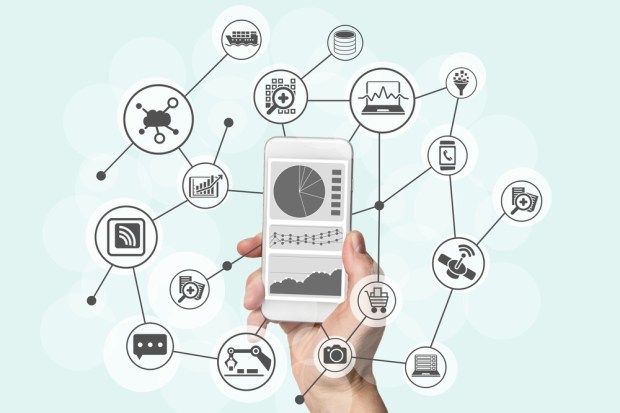Mobility Spending Forecast To Hit $1.7 Trillion In 2021

Spending on mobility solutions is expected to increase 3.2 percent this year, with global spending hitting $1.6 trillion, driven by mobility-related hardware, software and services.
That’s according to a new “Worldwide Semiannual Mobility Spending Guide” from market research firm International Data Corp. (IDC), which expects spending to surpass $1.7 trillion in 2021, marking a five-year compound annual growth rate (CAGR) of 2.8 percent.
“The new mobility use cases and technology adoption in enterprises is driving growth in all three facets of the market, from devices to software and services,” said Phil Hochmuth, program director, Enterprise Mobility, in a press release highlighting the new research. “As device capabilities continue to evolve with augmented reality (AR) and artificial intelligence (AI), and with 5G networks on the near horizon, technology choices for mobile technology buyers will become increasingly complex and critical to business success.”
According to the IDC, from 2016 through 2021 mobility services will be the largest tech category, accounting for close to 60 percent of all mobility spending and passing the $1 trillion mark by 2021. The category is dominated by mobile connectivity services that will drive more than 90 percent of all mobile services spending. Spending growth is also expected to come on the business side, with enterprise mobility services seeing a five-year CAGR of 15 percent.
Enterprise mobility services are focused on the planning, implementation, operation and maintenance and support of mobile applications and devices at companies. Hardware is expected to be the second-largest tech category, with spending expected to reach close to $675 billion by 2021. Smartphones are expected to account for around 75 percent of all hardware spending. Notebook computers are expected to see spending growth of 1.5 percent CAGR during the forecast period, while tablets are expected to see a decline of 1.9 percent.
Software may be the smallest tech category in mobility, but IDC said it will see growth of 14.7 percent CAGR over the five-year forecast period. Mobile enterprise applications will drive mobile software spending, with the IDC predicting it will hit $7.1 billion by 2021.
“Organizations of all sizes and from all industries are enjoying the benefits of mobile solutions,” said Jessica Goepfert, program vice president, Customer Insights & Analysis. “In industries further along the adoption curve, mobility projects incorporate other transformational elements, such as IoT [Internet of Things], cloud and Big Data to challenge — and change — the status quo. Even smaller-scale mobility solutions are expanding from their initial single-function footprint to empower and enable workers across the enterprise. For instance, in transportation, airplane pilots may have been the initial target users of mobile devices and applications, whereas now we see mobile devices in the hands of customer service agents, baggage handlers, mechanics and other transportation employees. So long as organizations strive to gain efficiencies and deliver a superior customer experience, we expect to see continued interest, adoption, spending and growth of mobility solutions.”
